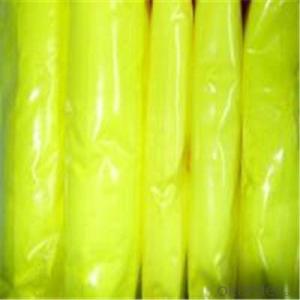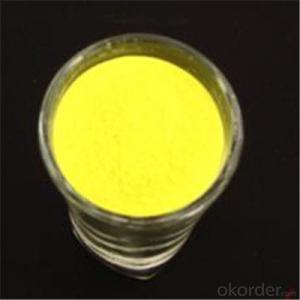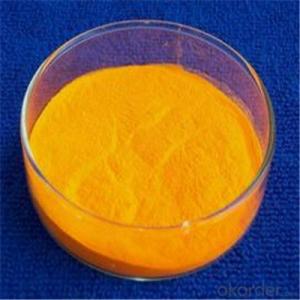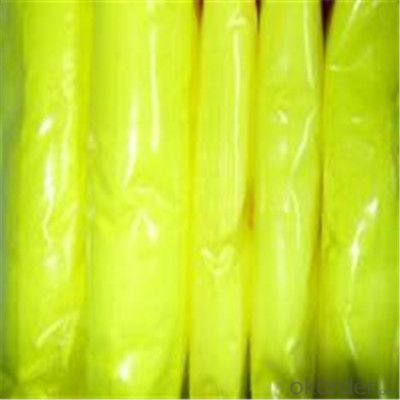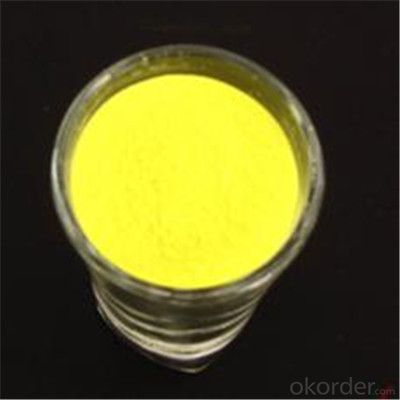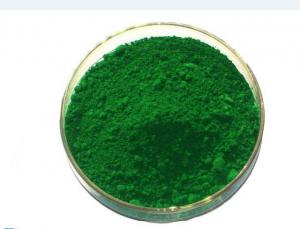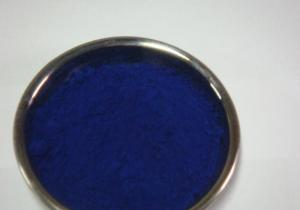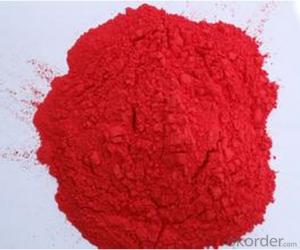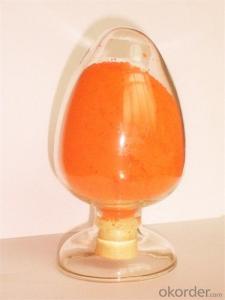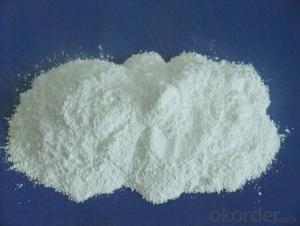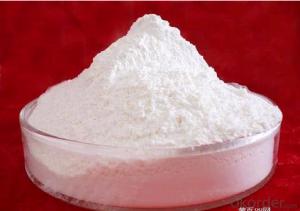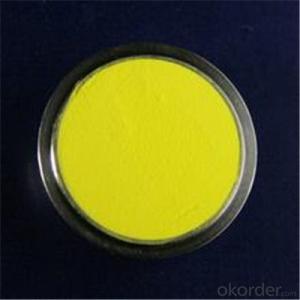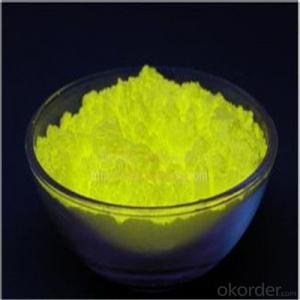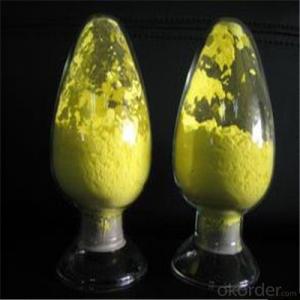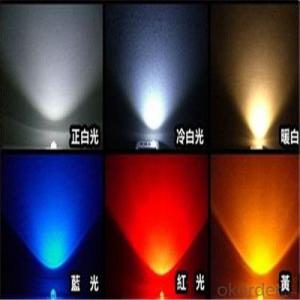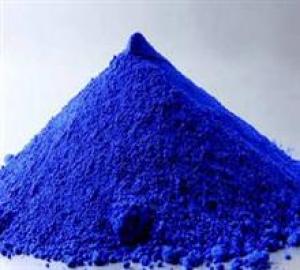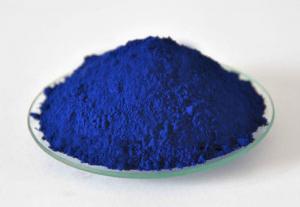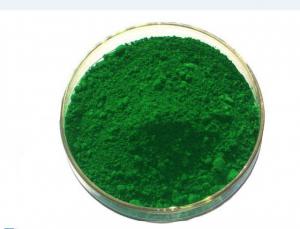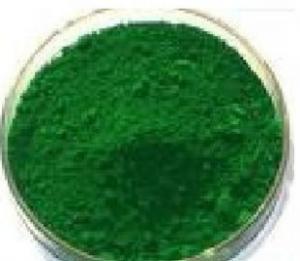Trichromatic Fluorescent Powder with High Quality in China
- Loading Port:
- Hai Kou
- Payment Terms:
- TT OR LC
- Min Order Qty:
- 88 kg
- Supply Capability:
- 100000 kg/month
OKorder Service Pledge
OKorder Financial Service
You Might Also Like
Description of LED Fluorescent:
The yellow phosphor ZYP540 is a new product independently developed by our company. It is YAG phosphor which has the performance of high brightness and low luminous decay. It is more applicable to the manufacture of high CRI white LED and other white LED lighting products. It can also realize green LED by using with blue chips.
Festures of LED Fluorescent:
These red phosphors are designed for warm white illumination devices with high render color index.High brightness is achieveed using the shorter wavelength the blue chips ranging from 450nm to 460nm.They can be used in combination with other FL series products to get suitable color temperature and CRI according to customer's requirements.
Specifications of LED Fluorescent:
Emission band covering from 620nm to 660nm.High brightness white LEDs using these phosphors can be used for applications in display backlighting,cameraflashes,signage,decoration,LED displays,projectors,automotive,general lighting,and a variety of high power applications.
Images of LED Fluorescent:
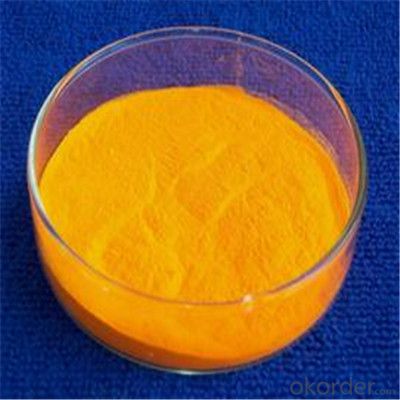
FAQ:
1.When can i get the price quotation?
We can send you the quotation within 24hours after your inquiry, including the shipping cost if you need.
2.What about payment term?
30% T/T deposit, balance against B/L copy.
Full T/T payment if quantity less than MOQ.
3. What’s your after-sales service?
One-year warranty, and 1% common accessories.
- Q: Are carontenoids and anythocyanin accesory pigments.
- Accessory pigments are those , that can not do photosynthesis and manufacture sugar as essential pigment chlorophyll does. But these accessory pigments capture solar energy in the form of photons and then transfer it to chlorophyll molecules / pigments . Thus increasing the power of chlorophyll to do photosynthesis . carontenoids and anythocyanin are accesory pigments. click on the links below to learn more about the accessory pigments - en.wikipedia.org/wiki/Accessory_p... www.ucmp.berkeley.edu/glossary/gl... www.cas.muohio.edu/~meicenrd/BMZ1... Thank you !
- Q: thank you very much for your help!
- photosynthetic pigment or antenna pigment is a pigment that is present in chloroplasts or photosynthetic bacteria and captures the light energy necessary for photosynthesis. Green plants have five closely-related photosynthetic pigments (in order of increasing polarity): Carotene - an orange pigment Xanthophyll - a yellow pigment Chlorophyll a - a blue-green pigment Chlorophyll b - a yellow-green pigment Phaeophytin a[1] - a gray-brown pigment Phaeophytin b[1] - a yellow-brown pigment Chlorophyll a is the most common of the six, present in every plant that performs photosynthesis. The reason that there are so many pigments is that each absorbs light more efficiently in a different part of the spectrum. Chlorophyll a absorbs well at a wavelength of about 400-450 nm and at 650-700 nm; chlorophyll b at 450-500 nm and at 600-650 nm. Xanthophyll absorbs well at 400-530 nm. However, none of the pigments absorbs well in the green-yellow region, which is responsible for the abundant green we see in nature.
- Q: I bought the color Frozen White, and the store sample was sort chunky too, and it doesn't go on my skin well because of that. How can I apply it on smoothly? do I need to add a little water??? help!!!!
- I would recommend applying the pigment wet. There are a multitude or different products that you can use to wet the pigment; Fix Plus (from MAC), mixing mediums (you can usually find those at Sephora), or water. Although I would try the first two over water. Hope this helps!
- Q: There was a question, not to long ago, that asked are L'oreal HIP pigments good? What are pigments?
- hiya pigment - or pigmentation is when the skin has changed colour darker or lighter patches caused by sun exposure, hormones skin trauma & congenital factors. Heat, injury, and medications are some of the most common reasons for changes and unevenness in skin pigmentation. Emotional stress is also play a part. You have prob seen someone with lighter or darker patches of skin - lighter is normally sun damage & darker is normally hormonal or in some case genetic it can effect any race of person. hope this helps you x
- Q: What does the word pigment mean?
- pigment - a substance that gives color to something like paint or ink. Natives used charcoal as a pigment to make dyes. Also: a substance that occurs in Nature which gives color to, say, flowers or skin. Mellanin is a pigment in our bodies that gives our skin color. Albino people have no pigment in their skin and so their skin appears very white and pinkish from the color of the blood in the blood vessels. It's not rare at all to see this word used as a noun, but it can be used as a verb meaning to add a substance to give something color.
- Q: What is a pigment and their function in photosynthesis?
- a pigment is any substance that absorbs light. chlorophyll, the green pigment common to all photosynthetic cells, absorbs all wavelengths of visible light except green, which it reflects to be detected by our eyes. black pigments absorb all of the wavelengths that strike them. white pigments/lighter colors reflect all or almost all of the energy striking them. pigments have their own characteristic absorption spectra, the absorption pattern of a given pigment. a photosynthetic pigment or chloroplast pigment is a pigment that is present in chloroplasts or photosynthetic bacteria. its function is to capture the light energy necessary for photosynthesis. :)
- Q: does photosythesis requier pigment moulecuels?
- Pigments are needed, because they absorb the energy from the light. Different chlorophylls absorb different wavelengths. When pigment absorbs the photon, it releases an electron, which is used in photosynthesis as energy. Without pigment the light would just past through or reflect and no energy would be left to the cell to be turned into sugar.
- Q: a. chlorophyll ab. chlorophyll bc. chlorophyll cd. carotenoid pigments
- Chlorophylls are greenish pigments which contain a porphyrin ring. This is a stable ring-shaped molecule around which electrons are free to migrate. Because the electrons move freely, the ring has the potential to gain or lose electrons easily, and thus the potential to provide energized electrons to other molecules. This is the fundamental process by which chlorophyll captures the energy of sunlight. There are several kinds of chlorophyll, the most important being chlorophyll a. This is the molecule which makes photosynthesis possible, by passing its energized electrons on to molecules which will manufacture sugars. All plants, algae, and cyanobacteria which photosynthesize contain chlorophyll a. A second kind of chlorophyll is chlorophyll b, which occurs only in green algae and in the plants. A third form of chlorophyll which is common is (not surprisingly) called chlorophyll c, and is found only in the photosynthetic members of the Chromista as well as the dinoflagellates. The differences between the chlorophylls of these major groups was one of the first clues that they were not as closely related as previously thought. Carotenoids are usually red, orange, or yellow pigments, and include the familiar compound carotene, which gives carrots their color. These compounds are composed of two small six-carbon rings connected by a chain of carbon atoms. As a result, they do not dissolve in water, and must be attached to membranes within the cell. Carotenoids cannot transfer sunlight energy directly to the photosynthetic pathway, but must pass their absorbed energy to chlorophyll. For this reason, they are called accessory pigments. One very visible accessory pigment is fucoxanthin the brown pigment which colors kelps and other brown algae as well as the diatoms. From this I would say the answer is c.
- Q: What is pigment?
- Pigment is a substance that gives color to tissue. Pigments are responsible for the color of skin, eyes, and hair. I don't think you can buy pigment unless you're buying a product that changes the look of your pigment such as a self tanner lotion. Or a product may say the pigment is red but the product itself is not pigment. Pigment is a natural exsisting substance within your skin and inside your eyes and hair.
Send your message to us
Trichromatic Fluorescent Powder with High Quality in China
- Loading Port:
- Hai Kou
- Payment Terms:
- TT OR LC
- Min Order Qty:
- 88 kg
- Supply Capability:
- 100000 kg/month
OKorder Service Pledge
OKorder Financial Service
Similar products
Hot products
Hot Searches
Related keywords
